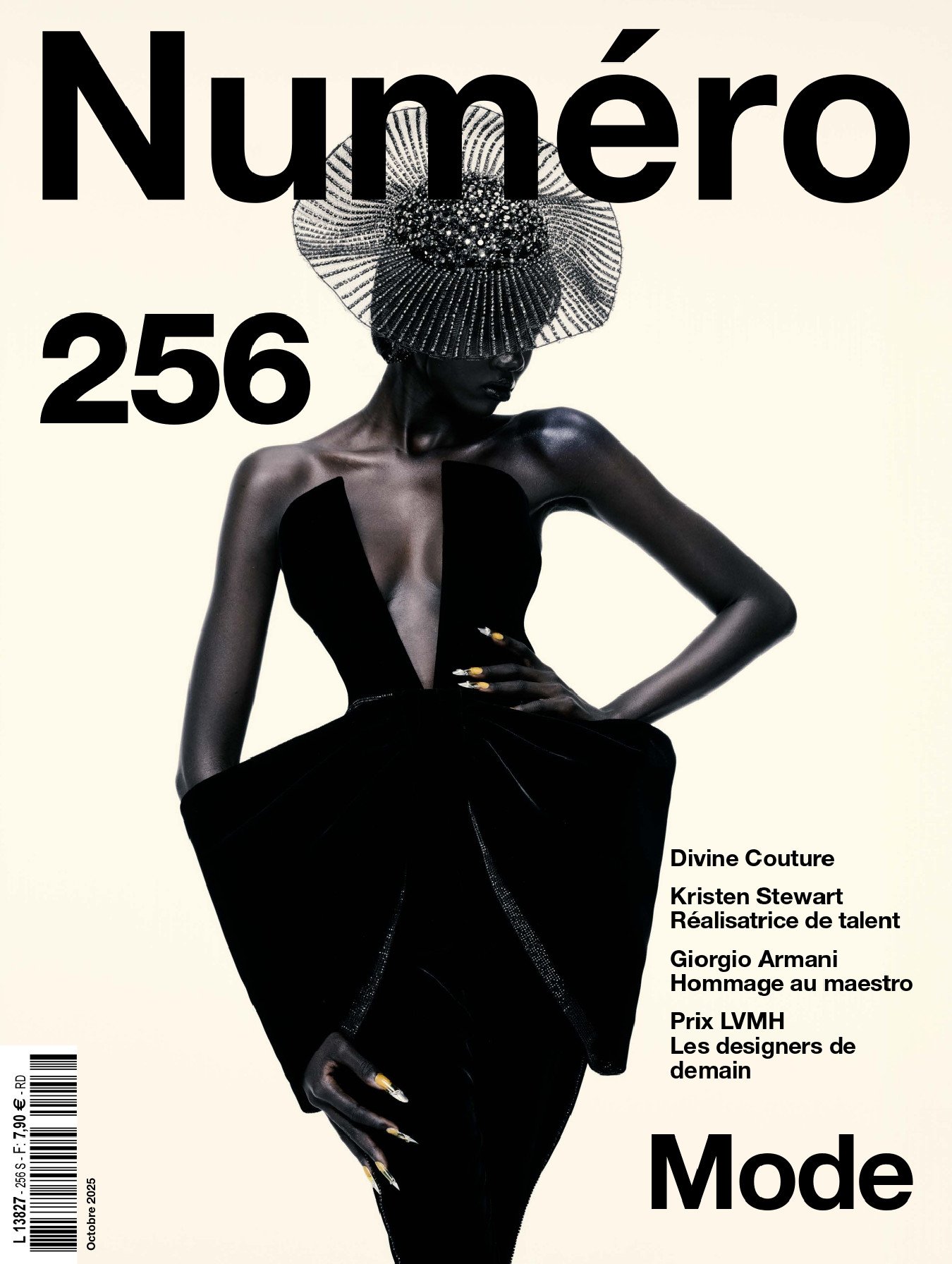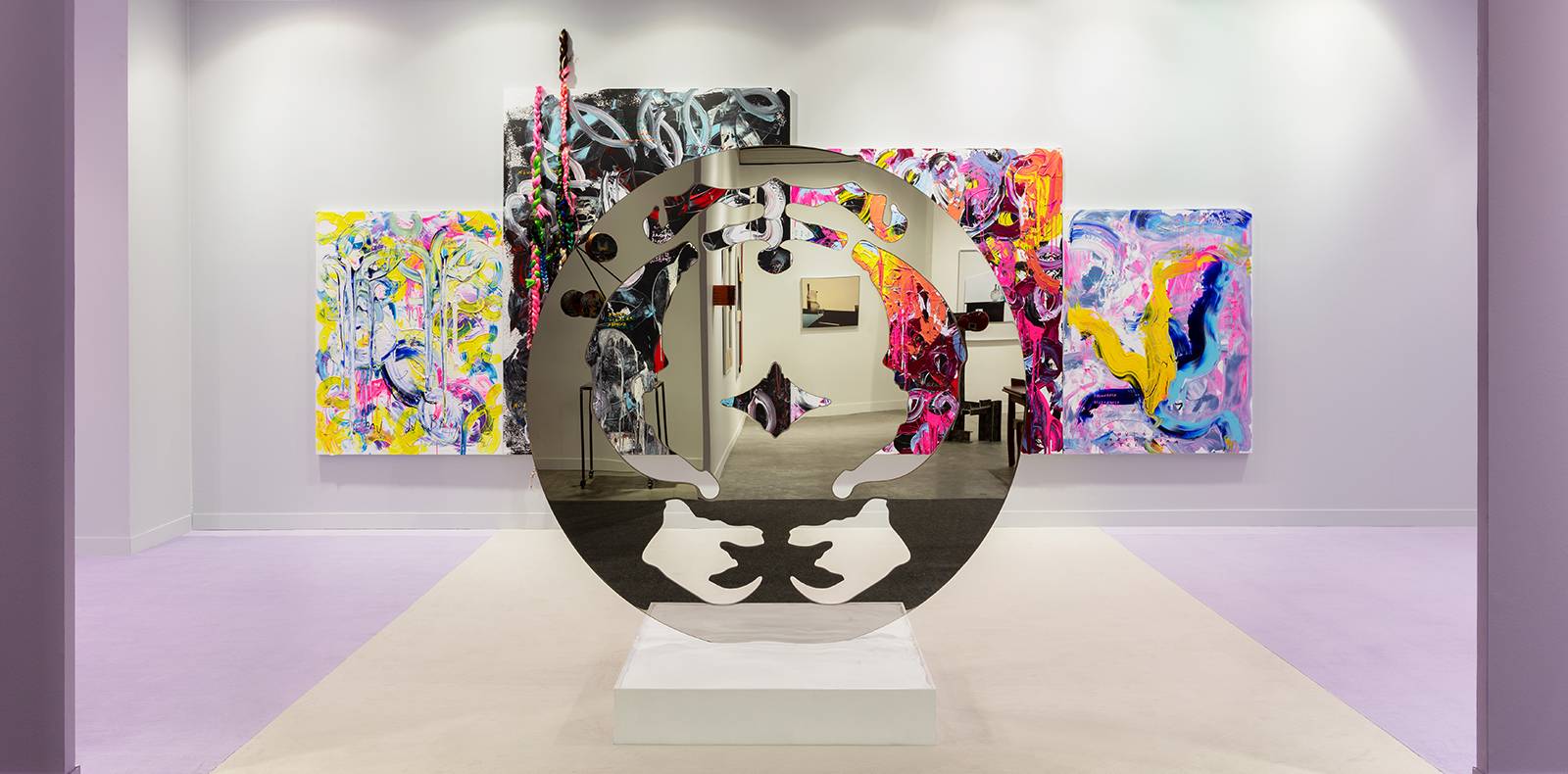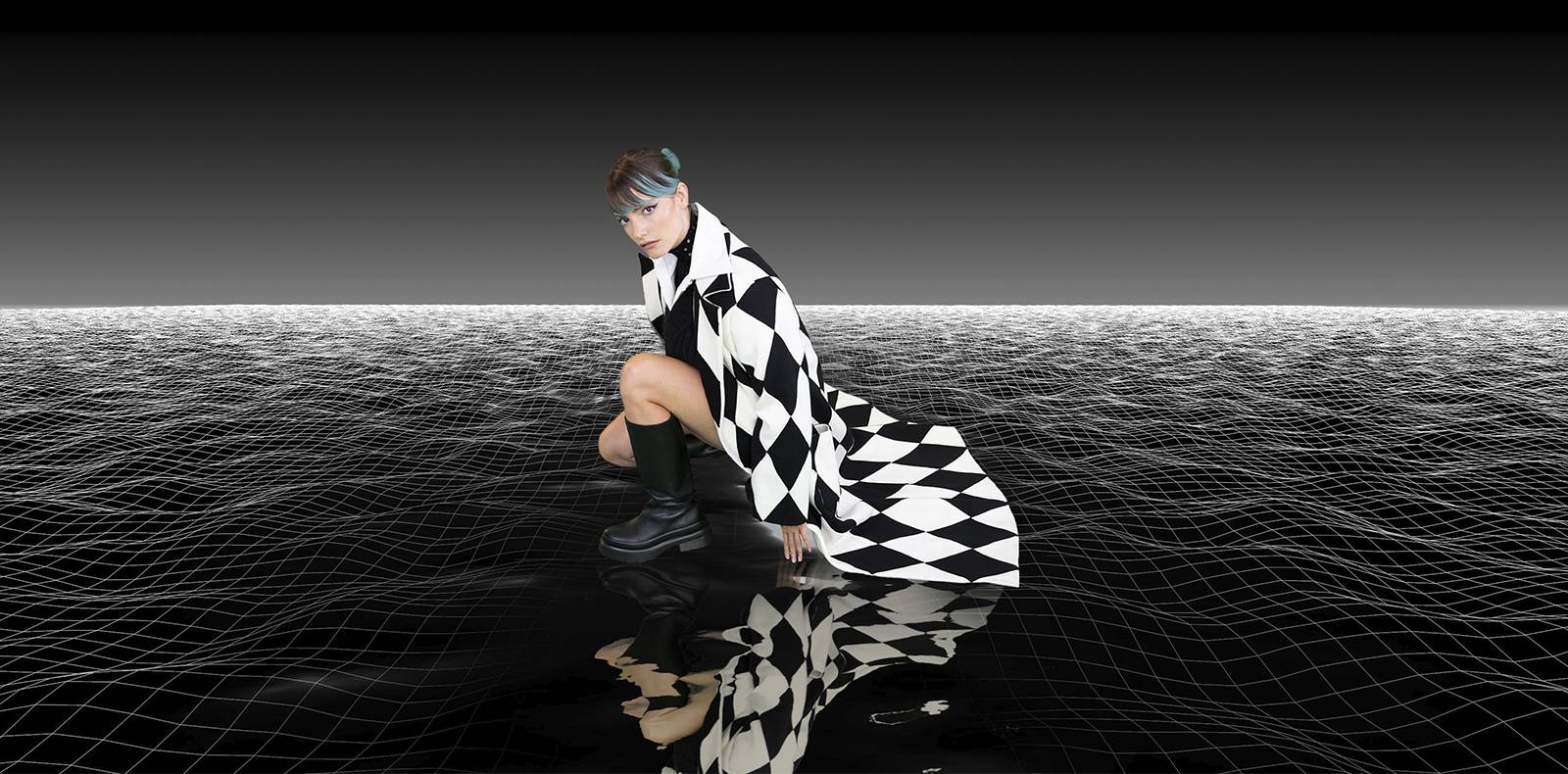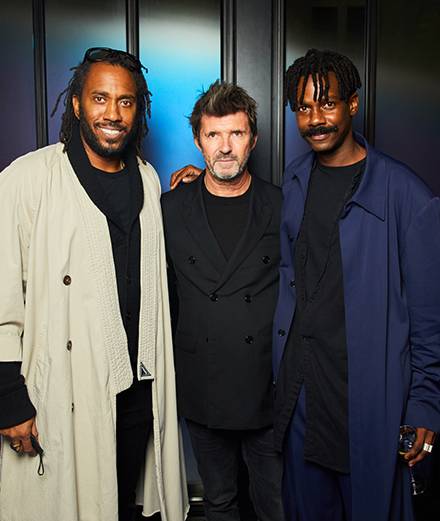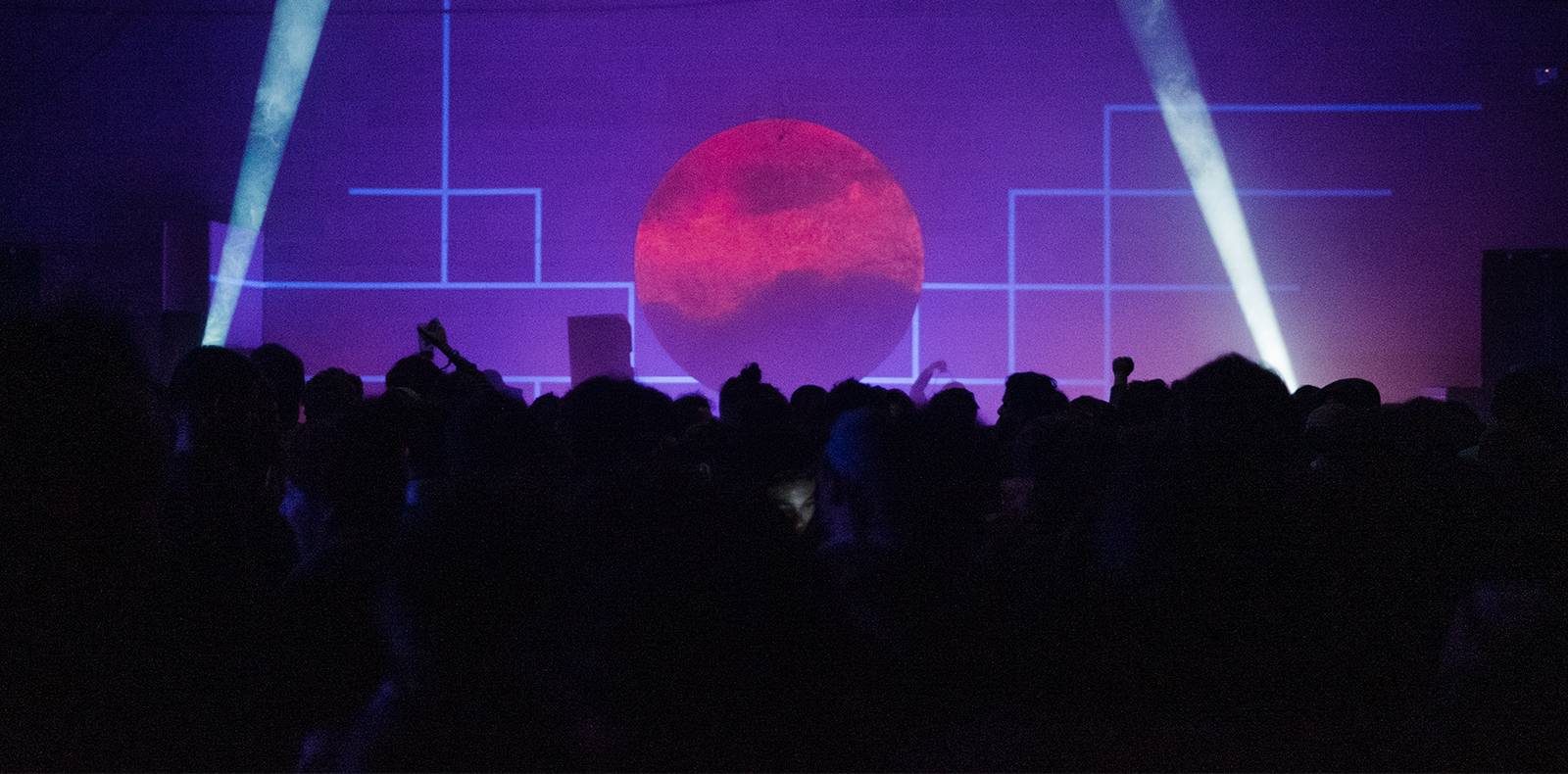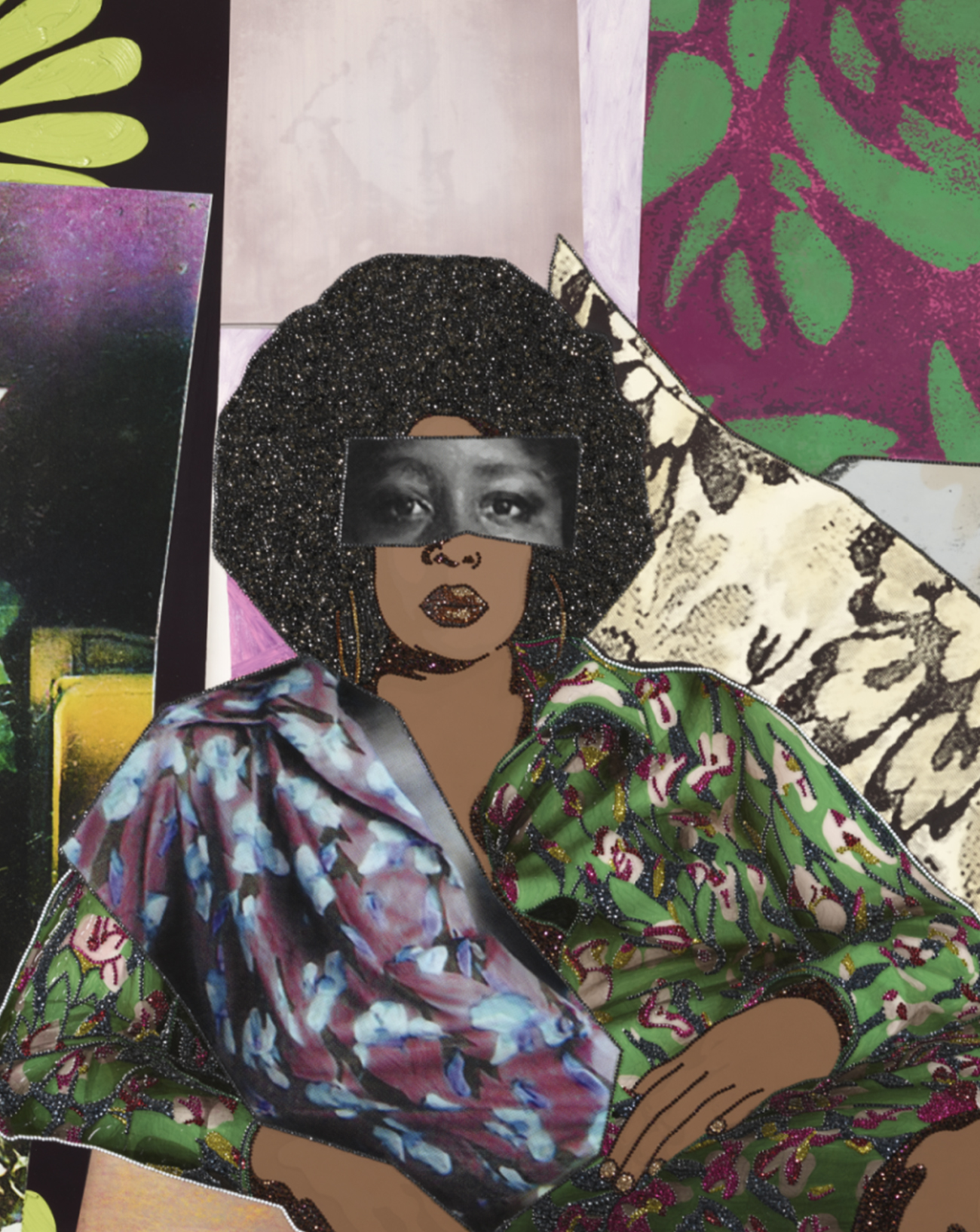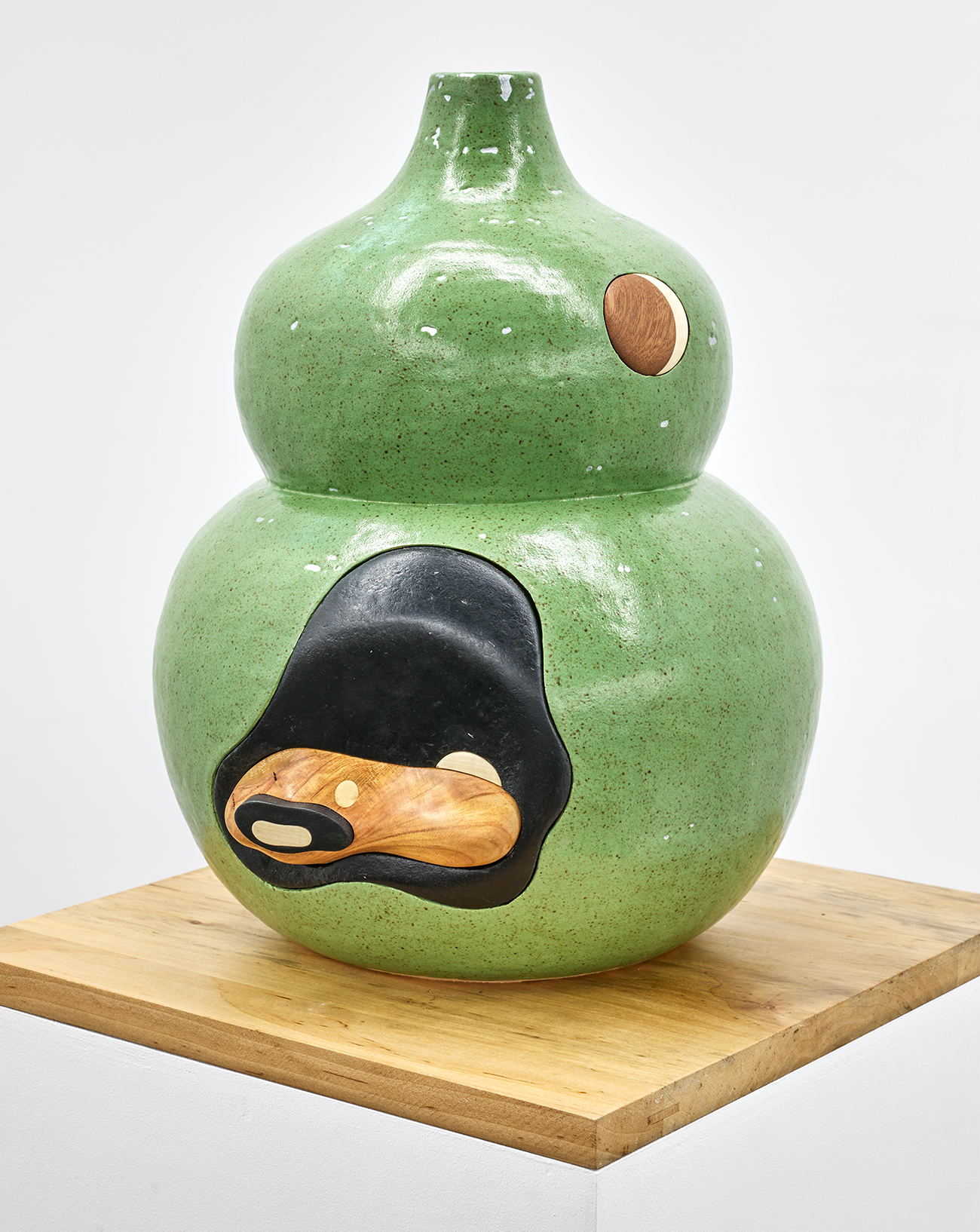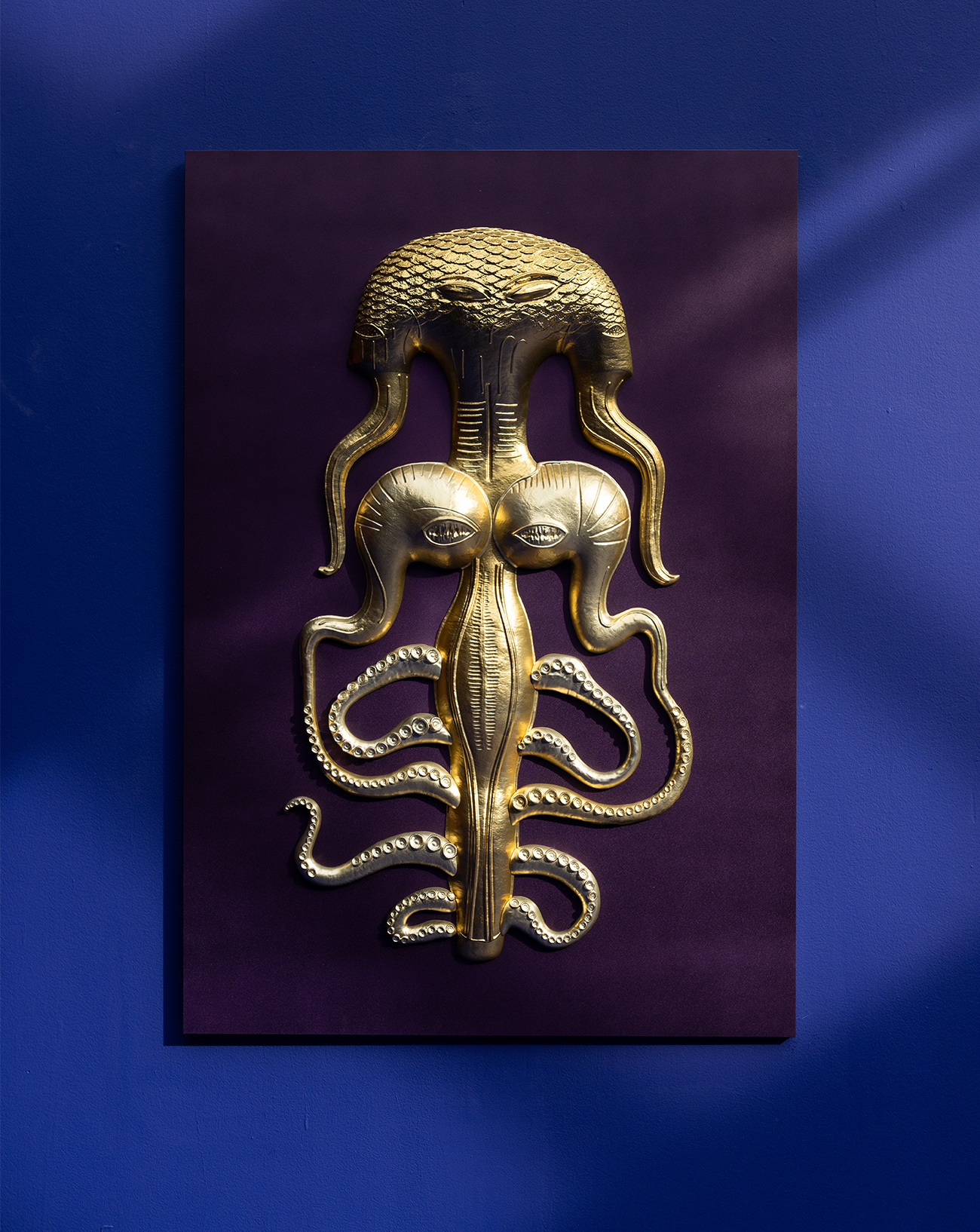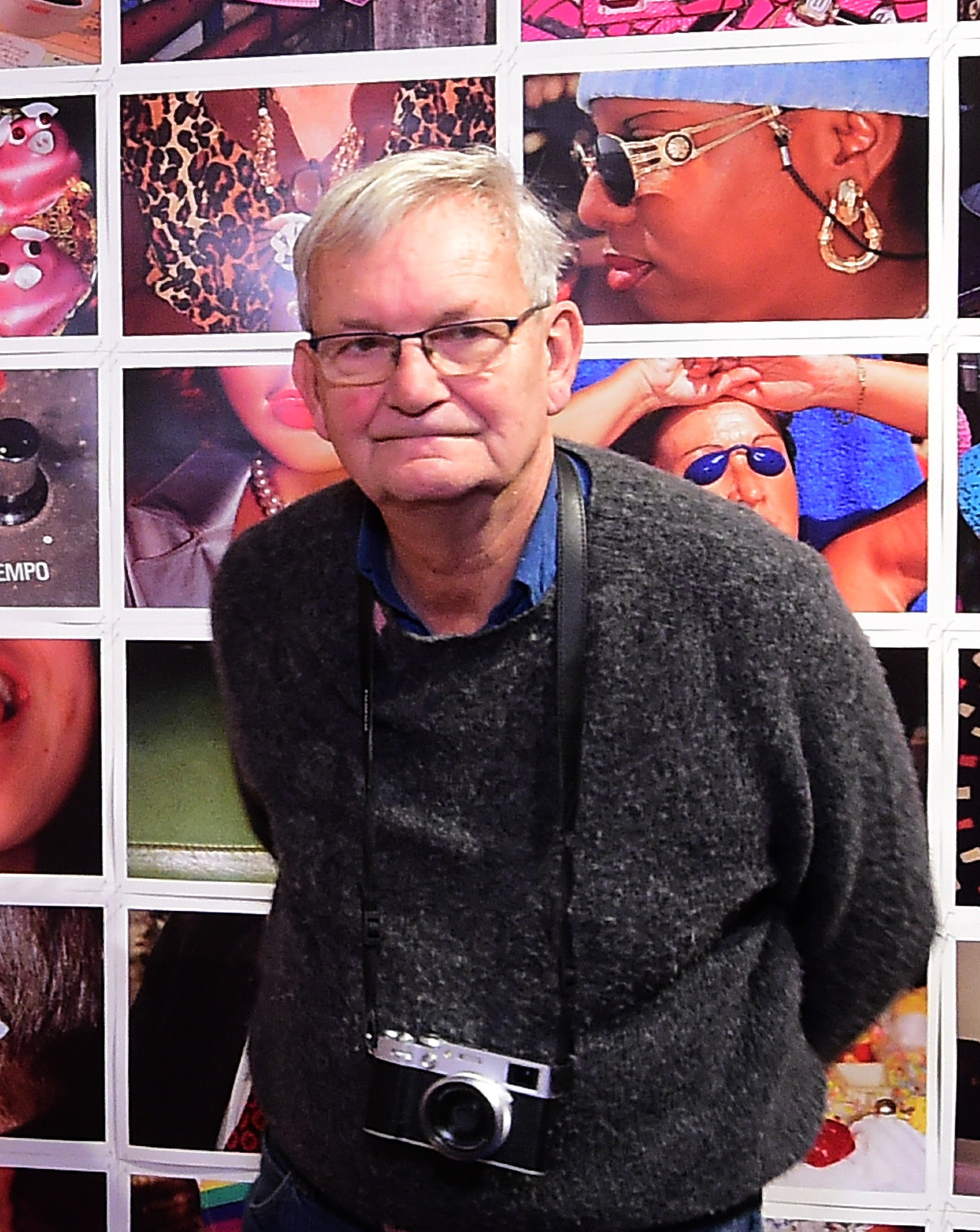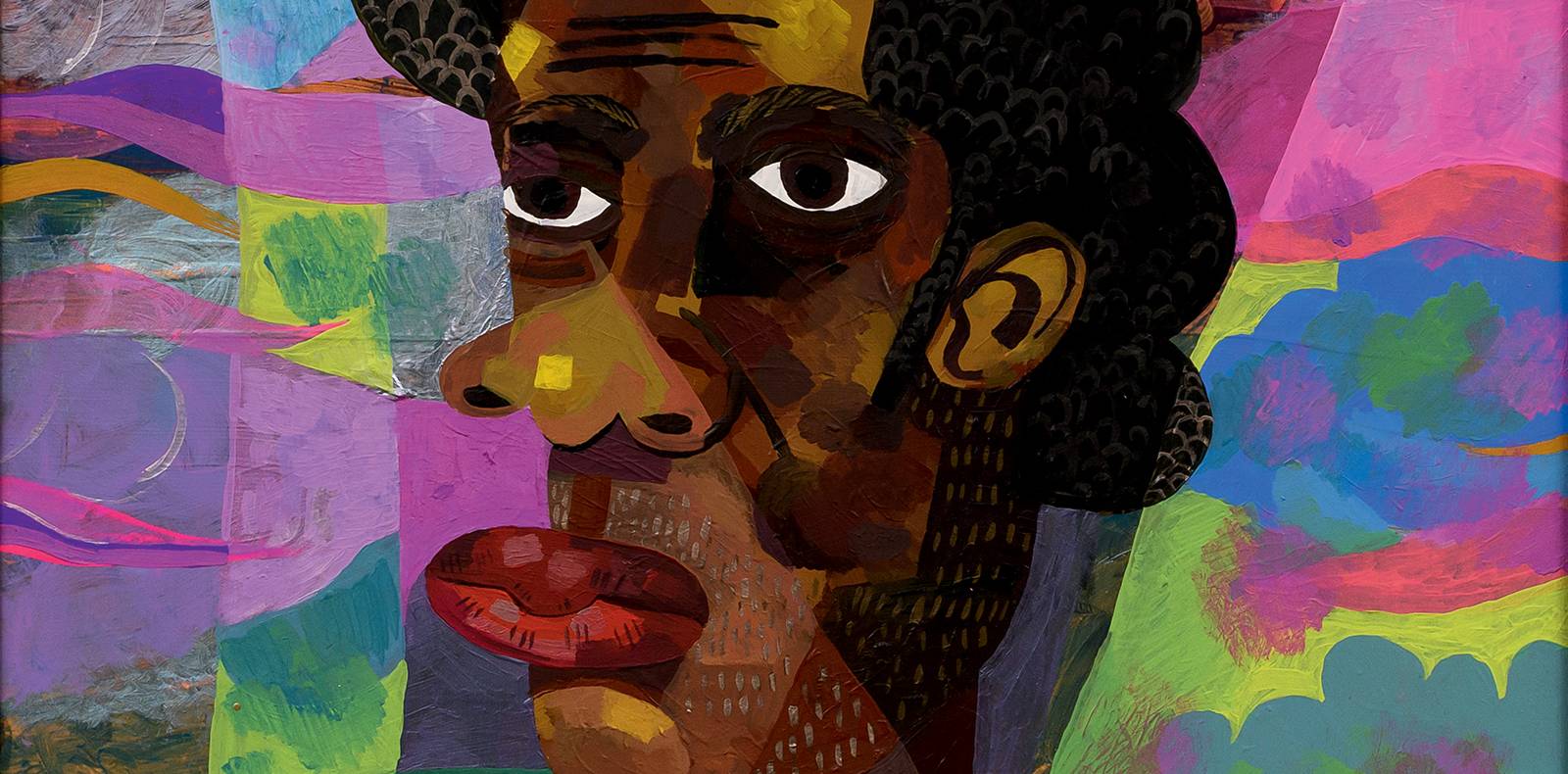
11
Who is Azikiwe Mohammed, artist and activist for a fairer world?
This American native of New York founded the Black Painters Academy, a free art school to fight social injustice. Through his practice combining photography, painting and textiles, he strives to denounce – and repair – the unequal treatment of the art of Black Americans.
Published on 11 October 2021. Updated on 31 May 2024.
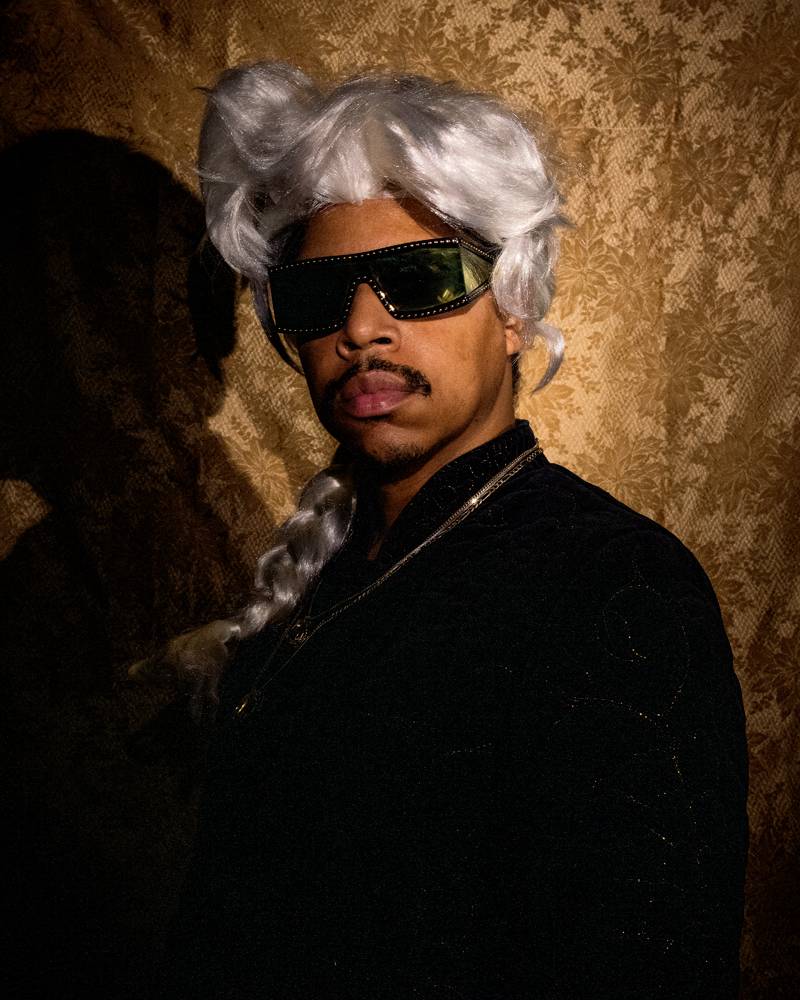
Born in 1982 in New York, Azikiwe Mohammed is part of this new generation of artists for whom art is a way of addressing social problems. After growing up in Chinatown, he trained in art at the prestigious Bard College. Through his multidisciplinary practice, he summons painting as well as photography, sculpture and textiles, with the aim of revealing the inequalities that have stigmatized the art of Black Americans. He created the Black Painters Academy in order to reflect on these questions that are at the heart of contemporary artistic debate. But he is not satisfied with artistic activism. During the lockdown, he founded a food bank to fight the social injustice that has affected the poorest, because, as he says: “You can’t think if you don’t eat.With his colorful and graphic figurative paintings, whose mission goes beyond art, Azikiwe Mohammed hits the mark.
Numéro: What was your background?
Azikiwe Mohammed: I am black. I was born and raised in New York City in the 90s. My parents both worked in care professions, linked to people. It’s a dimension that I also try to perpetuate whenever I have the opportunity.
How did you know you wanted to become an artist?
I don’t consider myself an artist, and I hate that word. It centers the individual on himself and separates him from others – and this separation usually does not lead to anything good. I prefer the expression “art worker“, which better describes my reality. My job is to make objects or experiences. And my goal is to deliver them to the public in the hopes that these objects and experiences will make things a little less shitty than they are.
“Photography is the medium of the people.”
What are you looking at now?
In recent years, the field that amazes me the most is mainly photographs. Photography is the medium of the people. I follow very closely the work of these “portraitists” who are more and more numerous to photograph people with black skin – photographers who operate in the commercial world, but to better divert and reinvent it. Texas Isaiah, Elliott Jerome Brown Jr. and Naima Green: these three are part of my pantheon.
What are the main sources of inspiration for your photos and paintings?
Black Americans, outer space, food, where we are and where we were before this, where we can go, the question is how far we can go. Twilight too – a moment of freedom when you have black skin. Water, trees, and a yearning for all that has yet to be obtained.
You approach painting as well as textiles, installation and performance. Are you more comfortable with a particular medium?
No, I’m equally uncomfortable with each of them, and I’ll add sculpture and photography to the list of these discomforts.
You have developed a platform called Black Painters Academy. Can you tell us about the foundations of this alternative school?
The painted object is a way to address historical inaccuracies as well as certain contemporary problems that predominantly affect people with black or dark skin. In our academy, painting systematically starts from a black canvas, because as long as there is a substrate of whiteness, even an invisible one, serving as a support for a black object, the object in question will continue to rest on a structure imposed by this whiteness, which has been the basis of the dominant narrative schemes for a few hundred years and which does not interest us. We have to get out of these patterns, go back to our earlier origins. In addition, the academy courses are free – for us, everything is expensive enough as it is. We hope to offer anyone who crosses the threshold of our school the realization of a physical object – an object that says “yes” to this person, a “yes” that he or she can take with him or her when he or she leaves and implement elsewhere.
“The object on display is the space in its entirety. The experience is the object.”
You are very attentive to social justice. During the pandemic, you got involved in a food bank project…
You can’t think if you don’t have something to eat. An empty stomach is an empty mind. “Social justice”, if we choose to use this terminology, does not seem to be the responsibility of each and every one of us. It appears as an option to be adhered to rather than as a reality, or as a normal ability of any human. I, like many people, don’t want others to die. The full name of this food bank is New Davonhaime Food Bank. I opened it during the lockdown phase in the United States, in itinerant mode, but it is now hosted in Manhattan, in the premises of the Black Painters Academy, in the Chinatown district.
How do you install your works? Is the scenography important to you?
The object on display is the space in its entirety. Experience is the object. If there is a single seam that does not fit properly, without a hem, the entire object will fray. Artist Alison Kuo once told me that if something is visible, then it matters. This idea never leaves me, in everything I do.
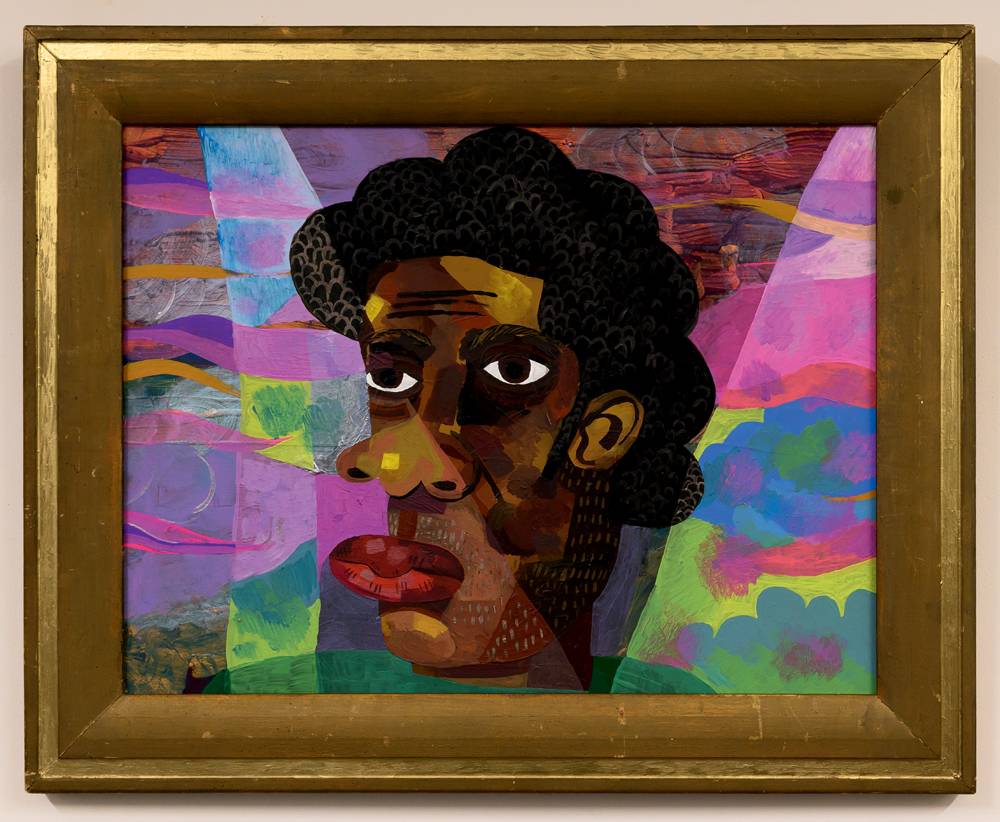
How do you choose the titles of your works?
A title offers the opportunity to point out what your starting point was, and to propose that starting point to someone else, so that they will stand by your side, or choose not to, because they disagree with you, but at least they will do so with full knowledge of the facts. The title allows you to make connections between works that, at first glance, someone other than you may have trouble perceiving. It makes it possible to link together ideas that sometimes span long periods of time. Time is a seer, and the title is its crystal ball.
What particular art history would you like your work to be part of?
The one that doesn’t tell the story of art, but of people, their way of being benevolent towards each other. It’s this story that I love and that matters to me.
Have you ever felt close to an artistic movement or community?
Movements are strange phenomena because in general it is often someone from the outside who gives them a label, not those who create within this “movement”. But if you want to talk about the people you meet in certain places, then the Beverly’s art center still impresses me just as much. Long live Max Fish Bar as well, thank you to the Spring/Break Art Show and all those faces I’ve never seen in the light of day, and some of whom are the best friends I’ve ever had. Nightlife is the answer to most of the questions we ask ourselves.
In the very particular period we are going through, is there anything you would like to make people aware of through your artistic practice?
The idea that, in many ways, the “realizations” of the past year are not, for many of us, true realizations, but rather the manifestation of the existence that some have been experiencing for far too long. It should be noted that lynching has never really gone out of fashion. This unprecedented period has simply brought to light a certain number of phenomena which, unfortunately, are nothing new.
